A low-temperature chemical reaction between helium ions and carbon monoxide can be slowed by microwave excitation of the carbon monoxide, researchers in Switzerland have shown. The result shows that microwaves can have non-thermal effects on chemical reaction rates, and could be important in astrochemistry.
Since their introduction to the laboratory around 2000, microwaves have become invaluable for heating reaction mixtures in laboratories. However, the notion that they might have non-thermal effects has been controversial – the synthetic chemist Nicholas Leadbeater touched on the topic in an article he wrote for the very first issue of Chemistry World back in 2004, and debate over the phenomenon’s existence has continued until this day.
Now, researchers in Frédéric Merkt’s molecular physics and spectroscopy group at ETH Zurich, Switzerland, appear to have proven that microwaves’ non-thermal effects can influence chemical reactions.
The researchers studied microwaves’ effects on dissociative ion–molecule reactions in cold molecular beams. In the 1980s and 1990s, theoretical chemists David Clary at the University of Oxford, UK, and Jürgen Troe at the Max Planck Institute for Multidisciplinary Sciences in Göttingen, Germany, worked out why rates of ion–molecule reactions could fall as the temperature rose. Based on this, Merkt and colleagues calculated the effect of exciting carbon monoxide on its reaction with helium ions. ‘The ground rotational state is the most reactive,’ says project leader Valentina Zhelyazkova, who is now based at University College London, UK.
A coherent process
The researchers merged pulsed supersonic beams of ground-state carbon monoxide molecules and Rydberg helium atoms, which effectively behave as He+ ions because the Rydberg electron is so far from the nucleus. Before merging the two beams, they applied a narrowband microwave pulse to the carbon monoxide beam to excite the transition to the first excited rotational state. The researchers then measured the products in the merged beam using time-of-flight mass spectrometry.
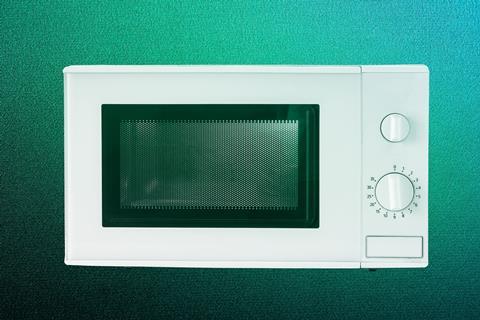
The results were clear. ‘It’s a coherent process. By tuning exactly the duration of the microwave pulse, we can change the population in the excited state, and suppress the reaction to a variable degree,’ says Zhelyazkova. She believes the group are ‘the first people to join the dots’. ‘The theory had been there for a long time – we just refined it a little bit, adapted it for our purposes and then demonstrated it for the first time,’ she says. The researchers now believe the work may help to improve models of the interstellar medium, which is flooded with cosmic microwave background radiation.
Spectroscopist Simon Scheidegger of JILA Lab in Colorado, US is impressed. It was clear, he says, that microwaves played a specific role in reaction dynamics, but pinning down the mechanism had proved impossible. ‘This study provides clear experimental evidence and a deeper understanding of how you can manipulate the reaction rates by changing the thermal distribution to a non-thermal distribution,’ he says. ‘Manipulating the quantum state of the reactant changes the reaction rate.’
Leadbeater, now at University of Connecticut, US, shares most chemists’ view that microwaves’ effects in chemical synthesis are almost always purely thermal. He says that, as an example of non-thermal microwave effects in chemistry, the new report piqued his interest. However, he says that the findings are ‘probably not going to impact the preparative chemistry community all that much’.
‘In solution you’re turning rotational energy into heat, and that happens very, very fast in a bulk mixture,’ adds Leadbeater. ‘You could imagine the few proponents of non-thermal microwave effects might grab this and try and run with it, but I doubt it will get much traction in the preparative chemistry community.’
References
F B V Martins et al, Phys. Rev. Lett., 2025, DOI: 10.1103/PhysRevLett.134.123401


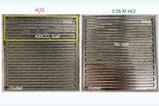
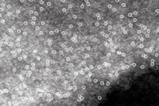
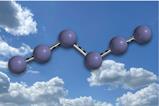
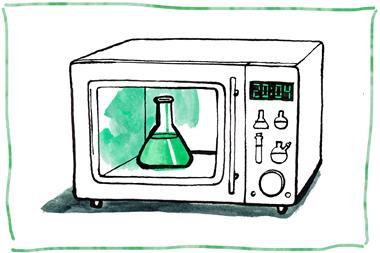
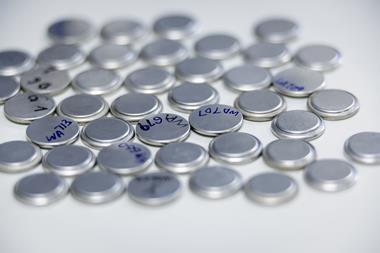
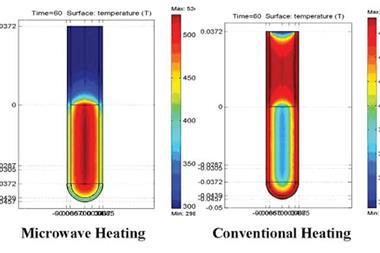
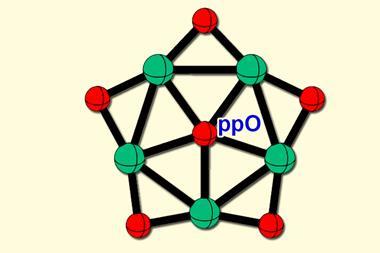
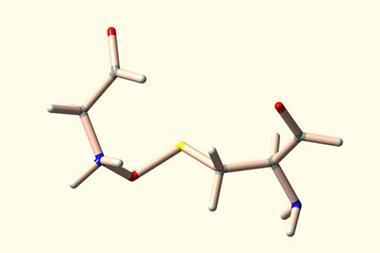
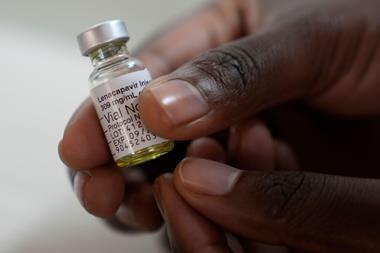



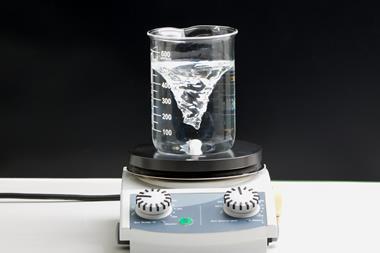
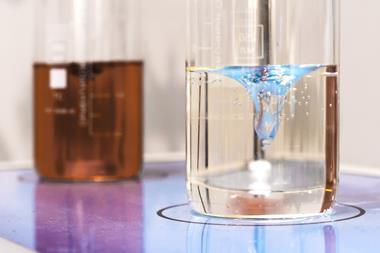
No comments yet